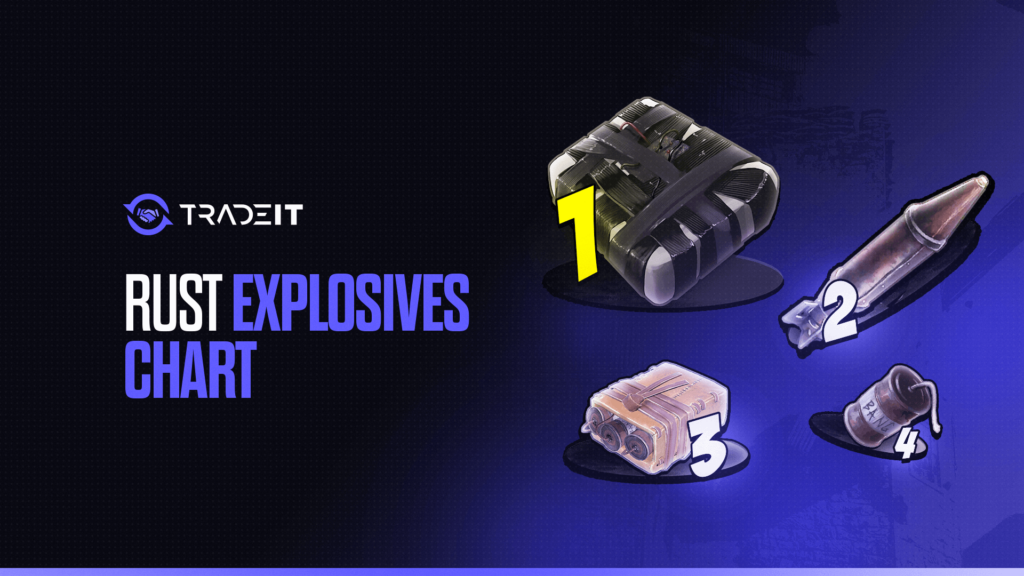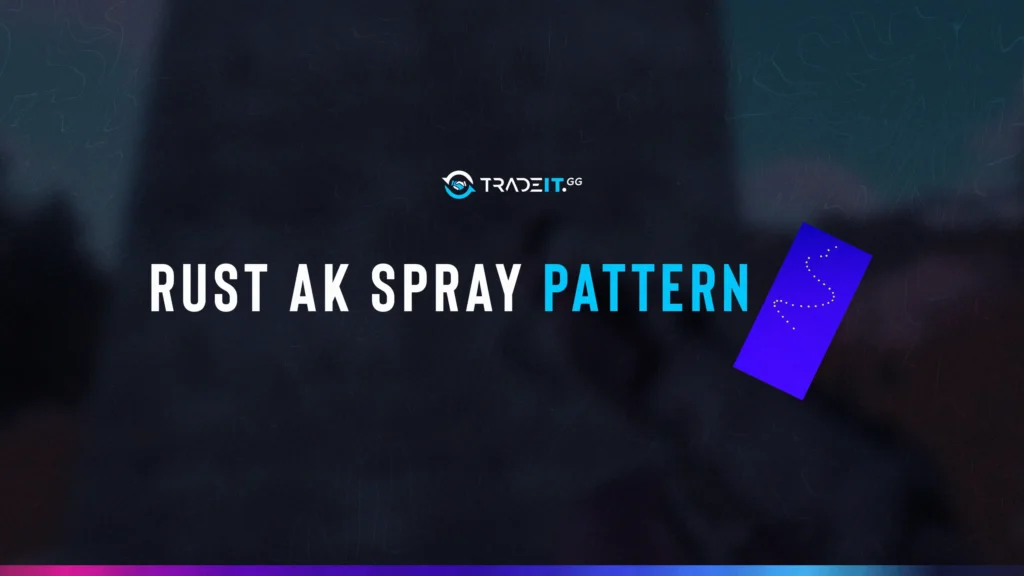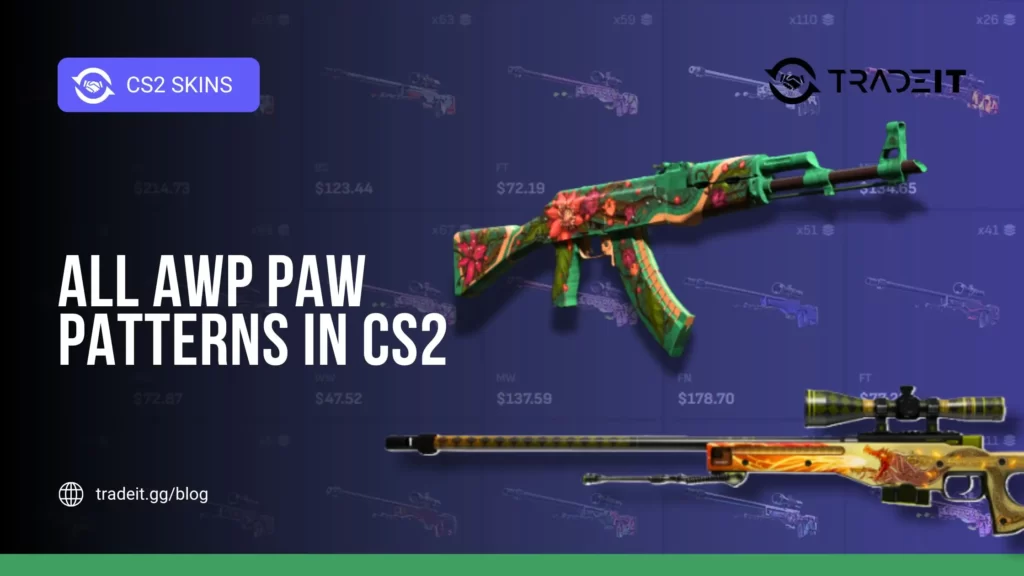When it comes to raiding and base destruction in Rust, explosives are your best friend. But knowing exactly how many of each explosive you need to take down a specific structure can be tricky. That’s why I’m here—to make it easier for you. You don’t want to waste valuable resources and time, only to find out halfway through a raid that you’re short on firepower. The Rust Explosives Chart is essential for this, helping you stay prepared and maximize your efficiency.
Rust Explosives Chart
The Rust Explosives Chart above is a lifesaver. It gives you a clear visual on how many explosives are required to destroy each type of structure in the game:
 |
|
|
|
|
|
|
|
|
|
|
|
|
|
495 | 275 | 275 | 275 | 1100 | 440 | 440 | 440 | 440 | 495 | 275 |
|
|
247.6 | 137.6 | 137.6 | 137.6 | 550.4 | 220.4 | 220.4 | 220.4 | 220.4 | 247.6 | 137.6 |
|
|
? | 31 | 31 | 31 | ? | 51 | 52 | 52 | 51 | ? | ? |
|
|
91.5 | 51.5 | 43.5 | 43.5 | 170 | 70 | 70 | 70 | 70 | 91.5 | 51.5 |
|
|
2 | 2 | 1 | 1 | 5 | 5 | 5 | 34.5 | 34.5 | 42 | 23.5 |
|
|
19.5 | 11 | 9 | 9 | 35 | 14.5 | 14.5 | 14.5 | 14.5 | 19.5 | 11 |
Data Source: Fandom
Explosive Types and Strategy
The chart covers various explosive devices, and each one serves a different purpose. From my experience:
- C4 (Timed Explosive Charge): The most efficient for destroying high-value structures like metal walls or armored doors.
- Rockets: Ideal for splash damage, especially if you’re dealing with multiple structures or layers.
- Satchel Charges: A bit cheaper, but riskier because they can fail to explode or take longer than expected.
- Beancan Grenades: Low-tier explosives, unreliable, but they get the job done in a pinch if you’re short on resources.
Each explosive type has its own unique role, and the Rust Explosives Chart helps you figure out the exact quantity needed to bring down specific structures. Having this knowledge keeps you prepared for raids.
Also Check: Rust Raid Chart
Structure Durability and Explosive Requirements

Using the Rust Explosives Chart effectively means knowing how different structures vary in strength:
- Wooden Walls/Doors: Simple to break through, but they’re early-game defenses.
- Stone/Metal Structures: These require a bit more muscle, so you’ll need higher-tier explosives like rockets or C4.
- Armored Walls: The most fortified, these demand the most resources and are best taken down with C4 or rockets.
Also Check: How to Get Cloth in Rust
Personal Tip: Be Prepared
Take it from me: when you’re planning a raid, always bring more explosives than you think you’ll need. Raiding is unpredictable, and underestimating the amount of firepower could mean the difference between a successful raid and having to retreat.
The Rust Explosives Chart is a great tool, but you should always play it safe by over-preparing.
Also Check: Best Rust Server Mods
Conclusion
Whether you’re new to the game or a seasoned raider, the Rust Explosives Chart is one of the most helpful tools at your disposal. It not only helps you manage your explosive stash better but also saves you from making costly mistakes during raids. Keep this chart handy, and you’ll always know exactly how much firepower is needed for any target.
Frequently Asked Questions
The most efficient explosive is C4 (Timed Explosive Charge) because it deals high damage with a single use, ideal for armored structures.
C4 requires 2,200 sulfur per charge, while rockets need 1,400 sulfur. Satchel charges need around 480 sulfur each.
The cost varies; C4 costs 20 explosives, 5 cloth, and 2 tech trash, while rockets cost 10 explosives, 30 gunpowder, and a pipe.
A C4 charge deals 550 damage, making it one of the most destructive explosives for single-target use.






